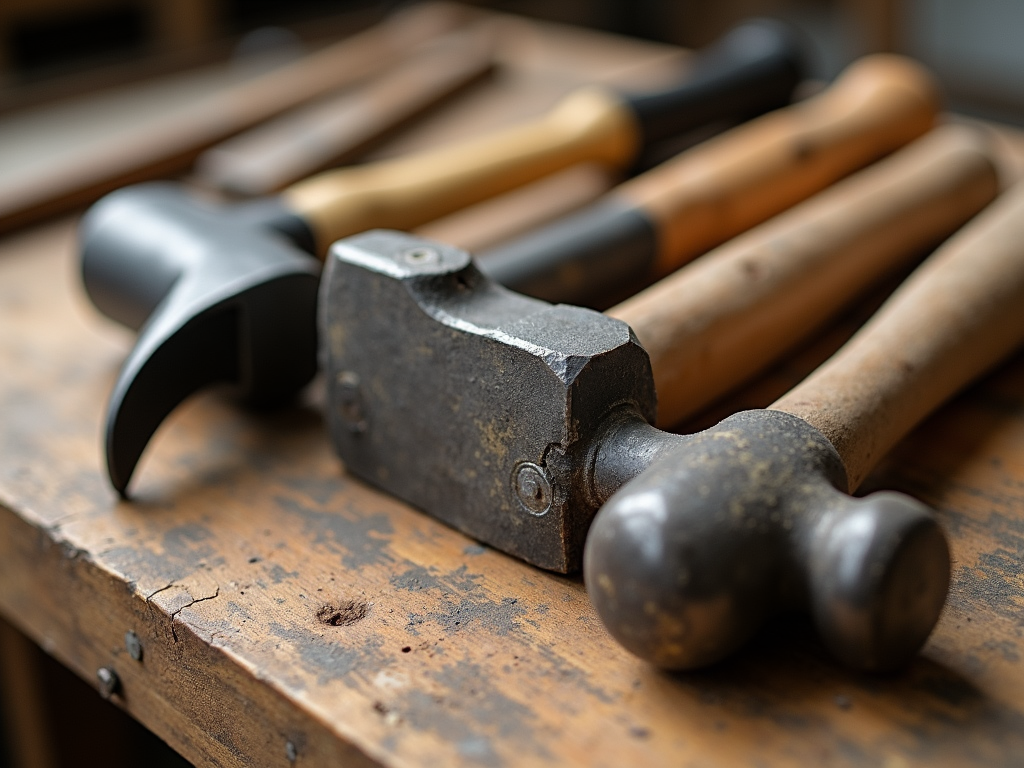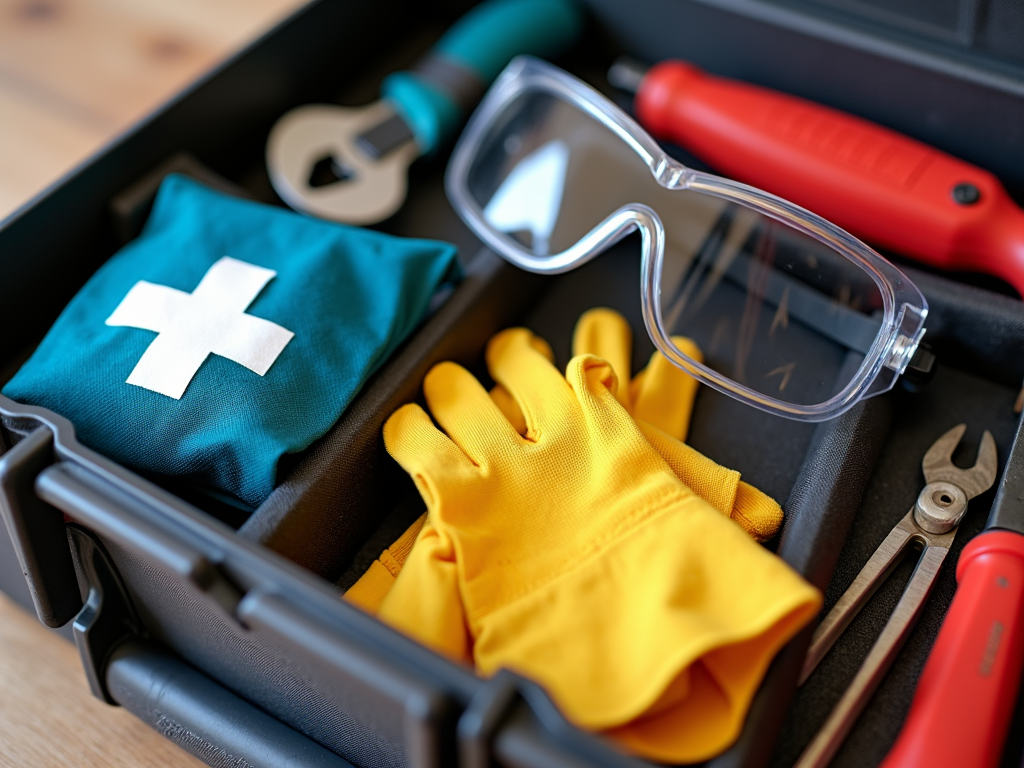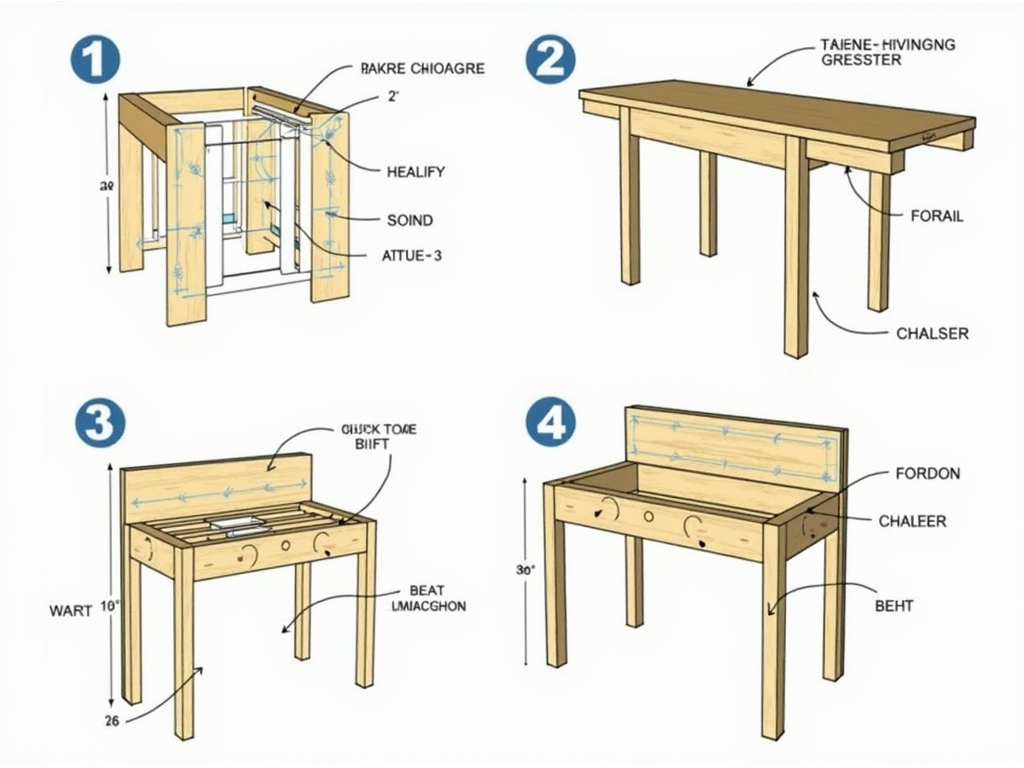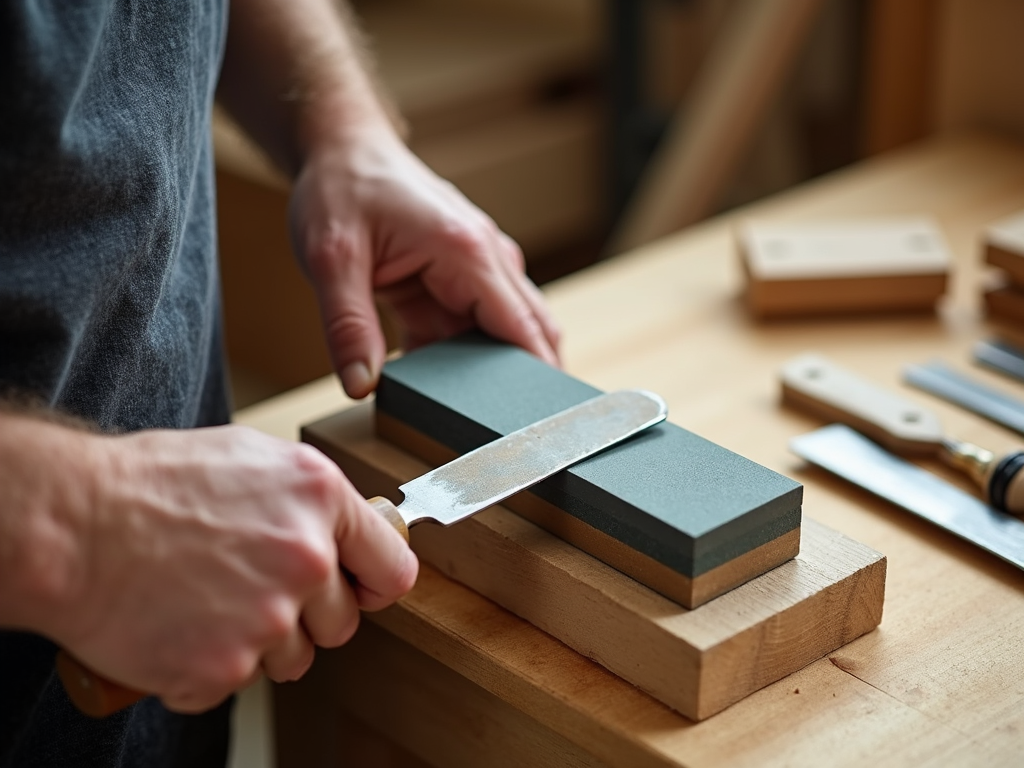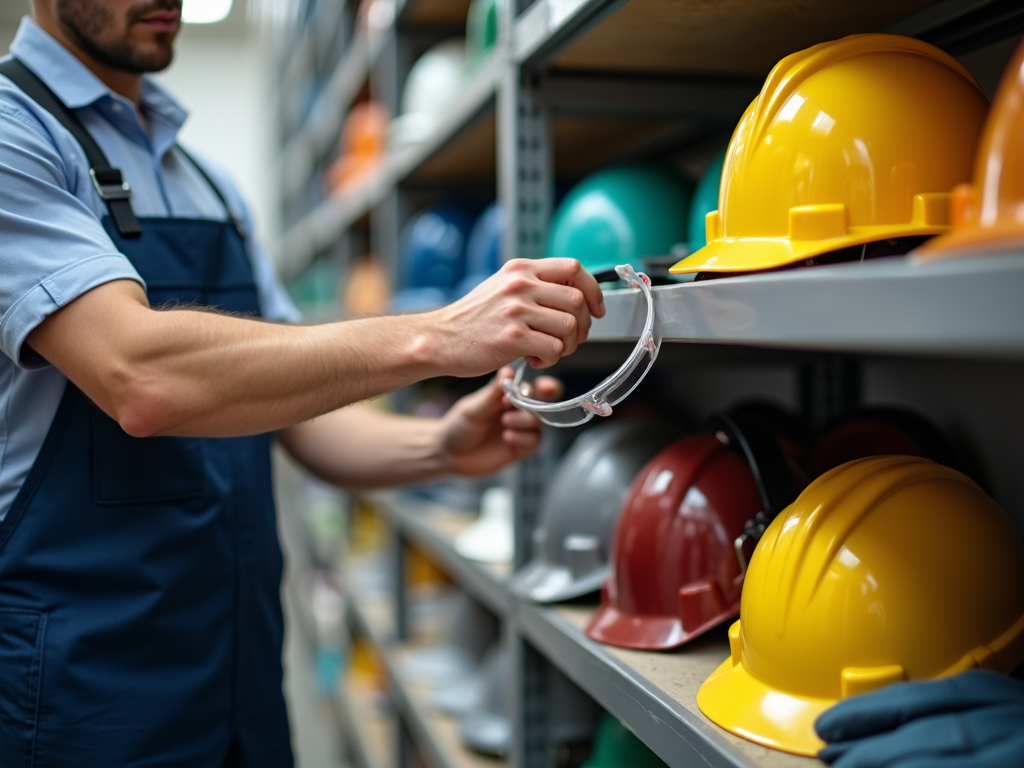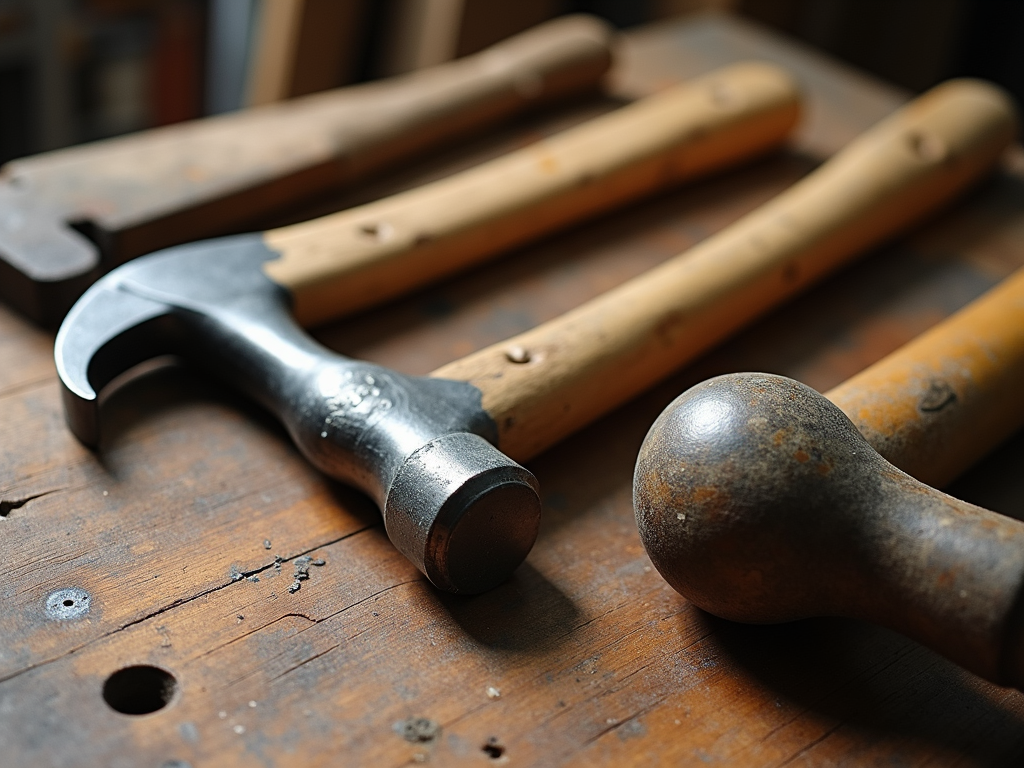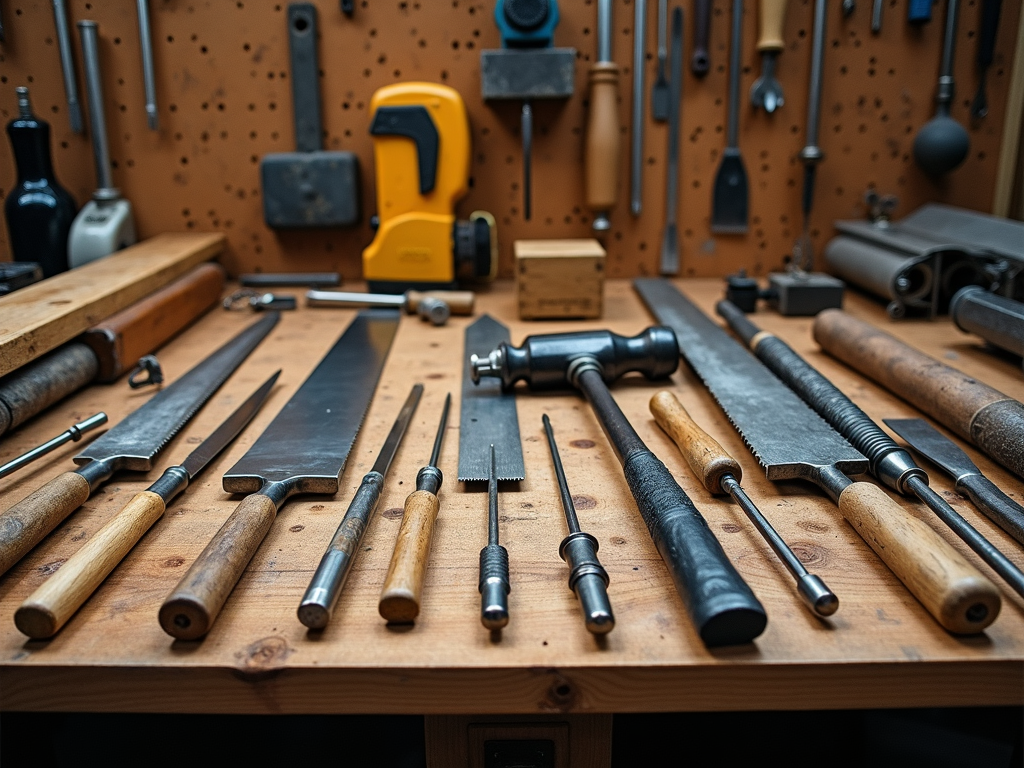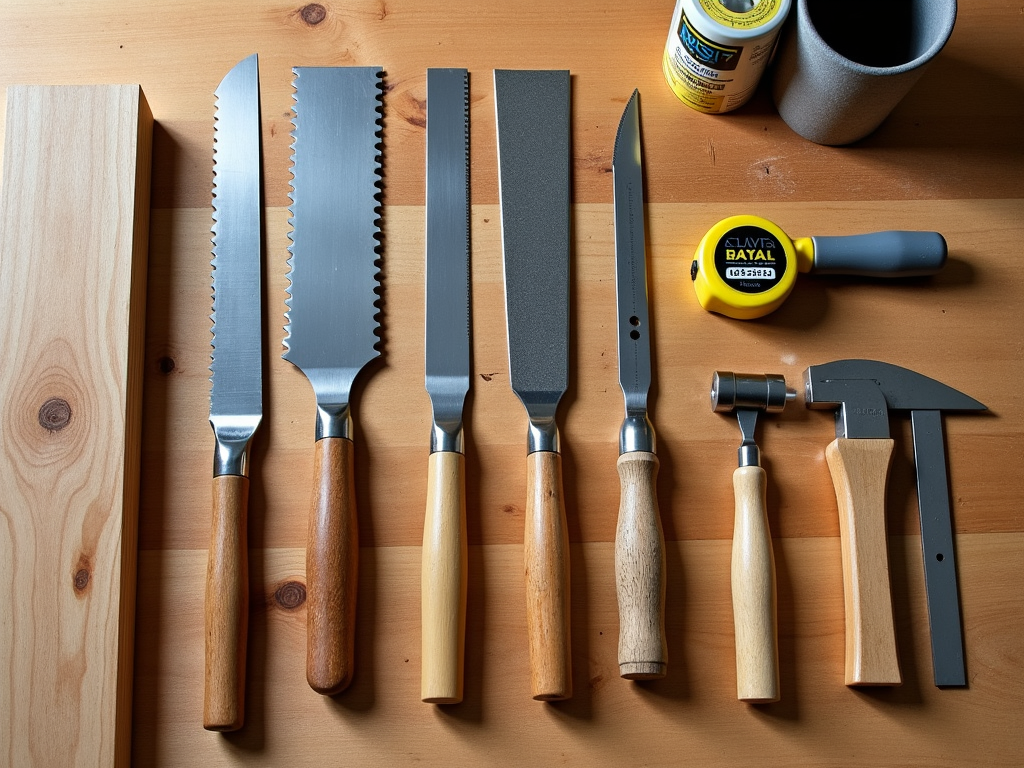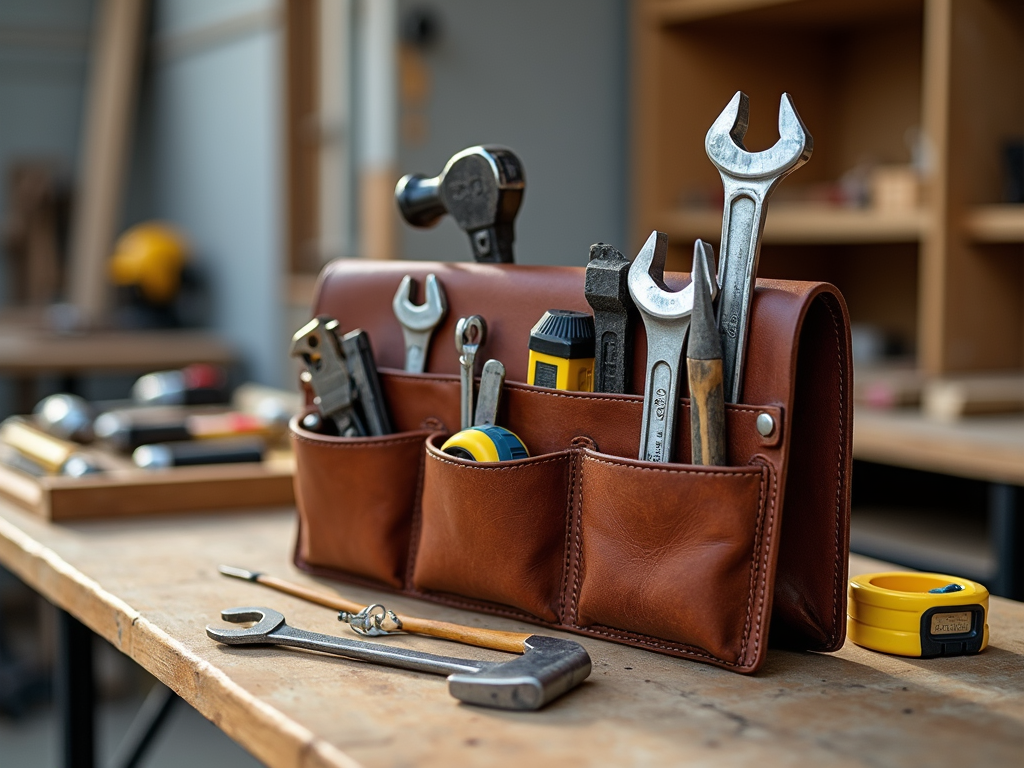Overview: This article explores the advanced features of power tools to help you pick the perfect one for your project. From drills to power washers, we’ll break it all down so you can work smarter, not harder.
Understanding Advanced Features
Power tools aren’t just for basic tasks anymore—they’ve got features that can change the game. Let’s look at some of the big ones:
- Brushless Motors: These run cooler, last longer, and give you more power than older motors. I’ve used them on tough jobs, and they don’t quit.
- Variable Speed Settings: You can slow down or speed up depending on what you’re cutting or drilling. It’s saved me from ruining a piece of wood more than once.
- Ergonomic Design: Tools that feel good in your hand make long projects less of a pain—literally.
- Battery Life: Cordless tools with strong batteries mean you’re not tethered to an outlet. I once finished a whole deck without recharging.
These aren’t just bells and whistles. They make your work faster and better.
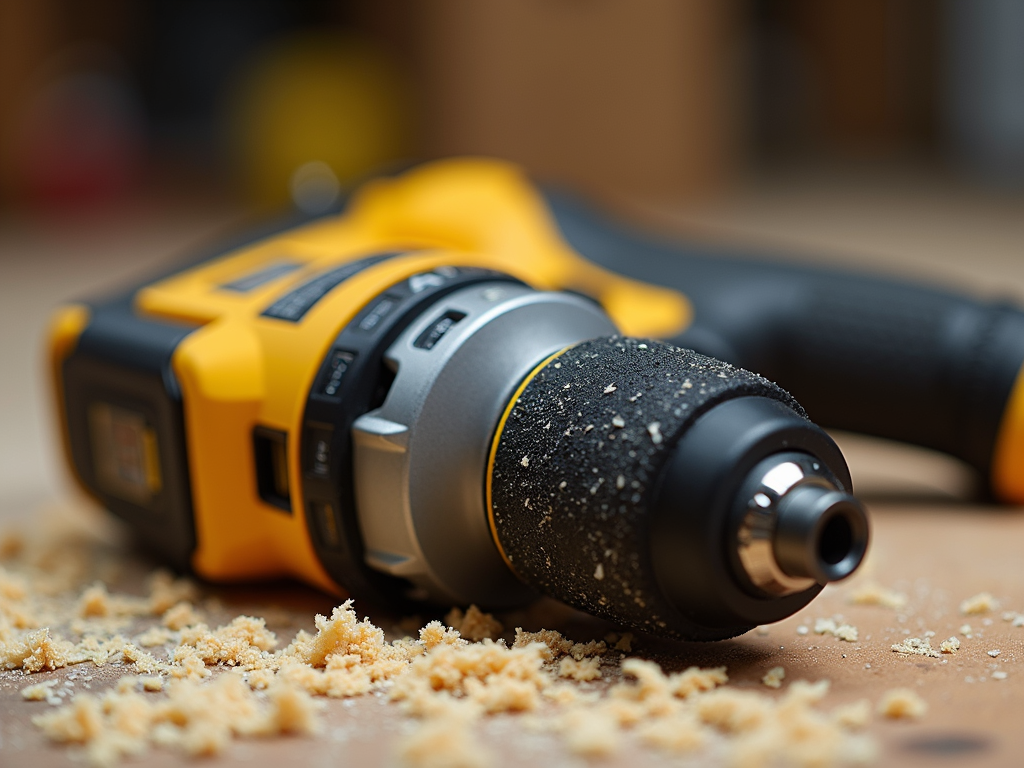
How to Choose the Right Power Tool for Your Project
Picking the right tool can feel overwhelming, but it’s simpler than you think. Here’s how I do it:
- Know Your Project: Are you building shelves or pressure-washing a patio? The job decides the tool.
- Match the Material: Wood needs different power than metal or concrete. I learned this the hard way when my first drill bit snapped on steel.
- Check Usage: If you’re just fixing stuff now and then, you don’t need top-tier gear. Save your money.
- Set a Budget: Good tools don’t have to break the bank. I started with a $50 drill that still works today.
For a real example, when I built a bookshelf, I needed a drill for screws and a sander to smooth it out. Matching the tool to the task made it a breeze.
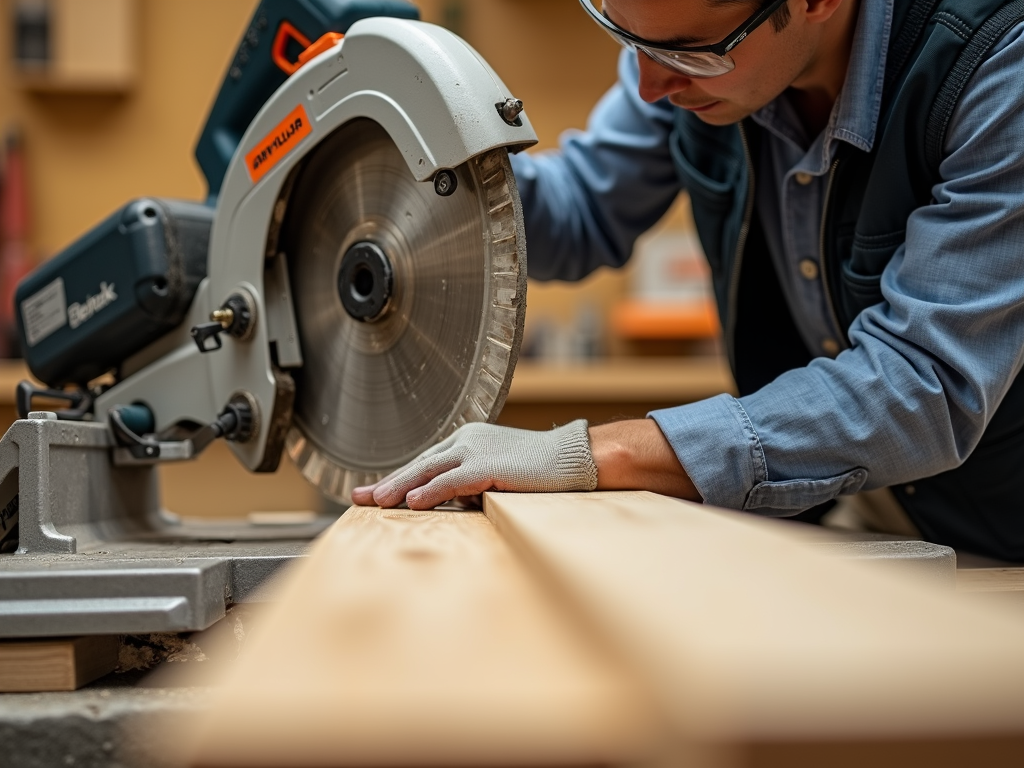
Specific Tool Guides
Picking the Right Drill for Your Needs
Drills are my go-to for almost everything. Here’s what matters:
- Corded vs. Cordless: Corded drills pack a punch but tie you down. Cordless ones let you move, though they might not last as long on big jobs.
- Chuck Size: A 1/2-inch chuck holds bigger bits for tougher tasks. My 3/8-inch one struggled with thick wood.
- Torque Settings: These let you control power so you don’t strip screws. It’s a lifesaver for furniture assembly.
If you’re new, grab a cordless drill with a 1/2-inch chuck and adjustable torque. It’s versatile and easy to handle.
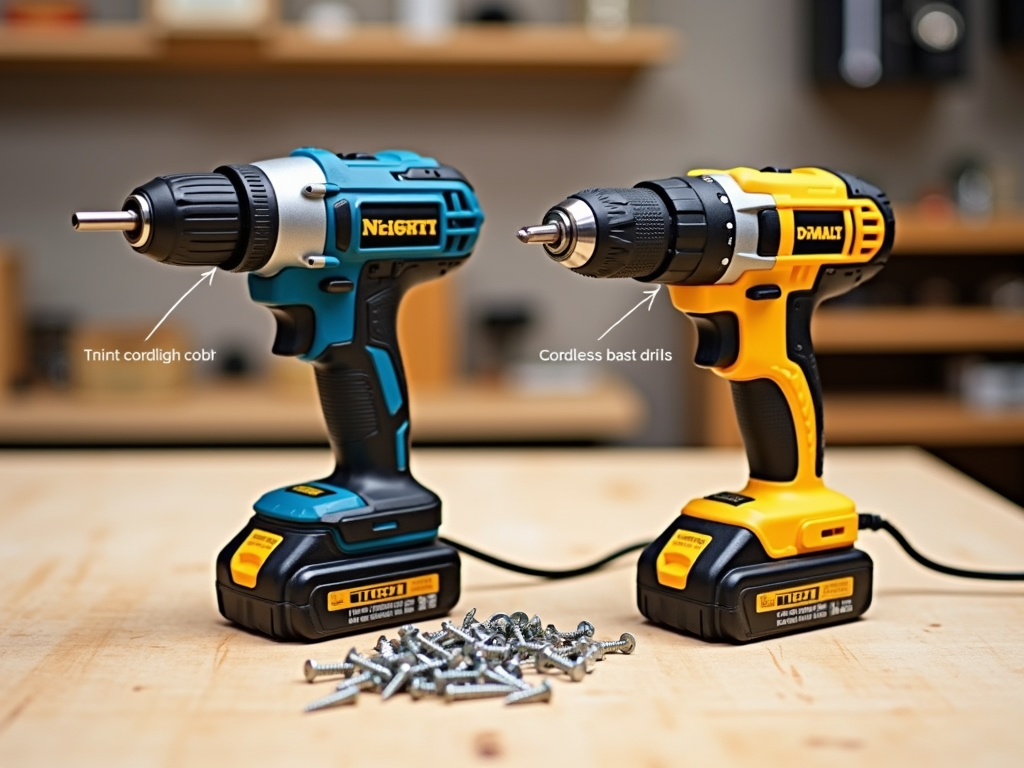
Power Washers: What to Look For
Power washers blast away dirt like magic. Here’s what to check:
- PSI (Pounds per Square Inch): More PSI equals more cleaning muscle. I cleaned my driveway with a 2000 PSI washer in half the time.
- GPM (Gallons per Minute): Higher GPM uses more water but cleans faster. Look for balance.
- Nozzle Options: Different tips switch from a wide spray to a tight jet. I use the narrow one for stubborn grime.
Think about what you’re cleaning. My deck needed a medium PSI, but my car’s wheels took a stronger blast.
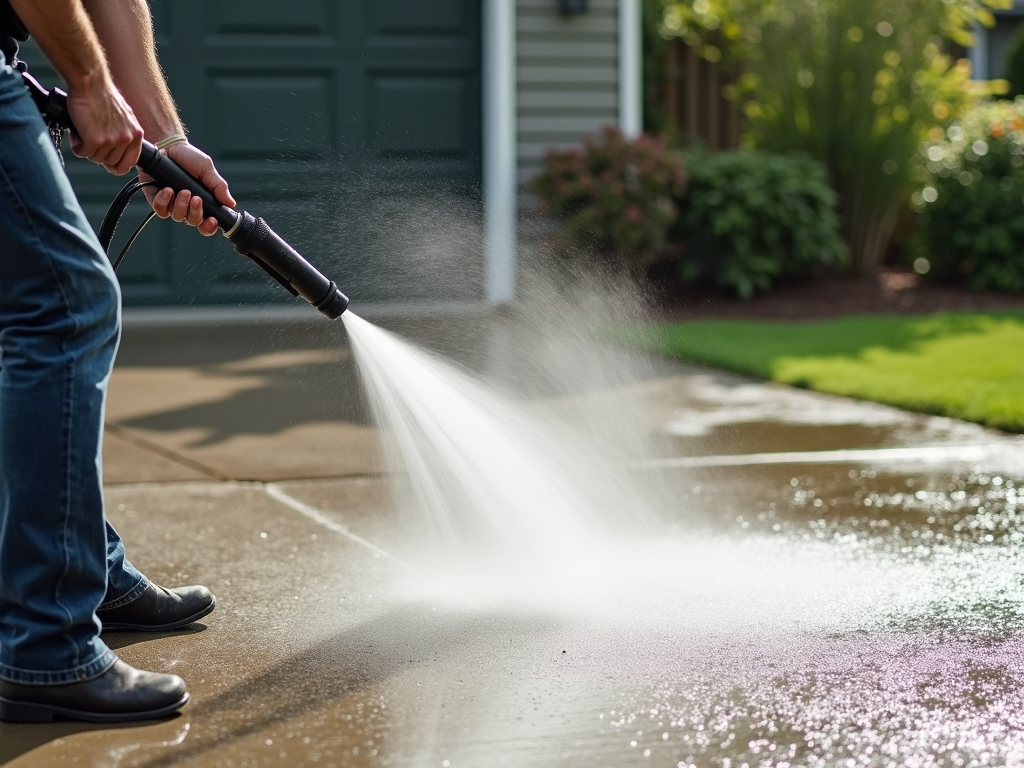
Power Tools for Beginners: Getting Started
If you’re just starting, don’t sweat it. Here’s what I wish I knew:
- Safety Comes First: Goggles and gloves aren’t optional. I’ve had wood chips fly too close for comfort.
- Read the Manual: It’s boring, but it tells you what your tool can do. Saved me from overloading my sander once.
- Start Small: Try a simple project, like a picture frame, to get the hang of it.
- Keep It Clean: Dust off your tools after use. My first drill lasted years because I took care of it.
Take it slow. I messed up plenty at first, but every mistake taught me something.
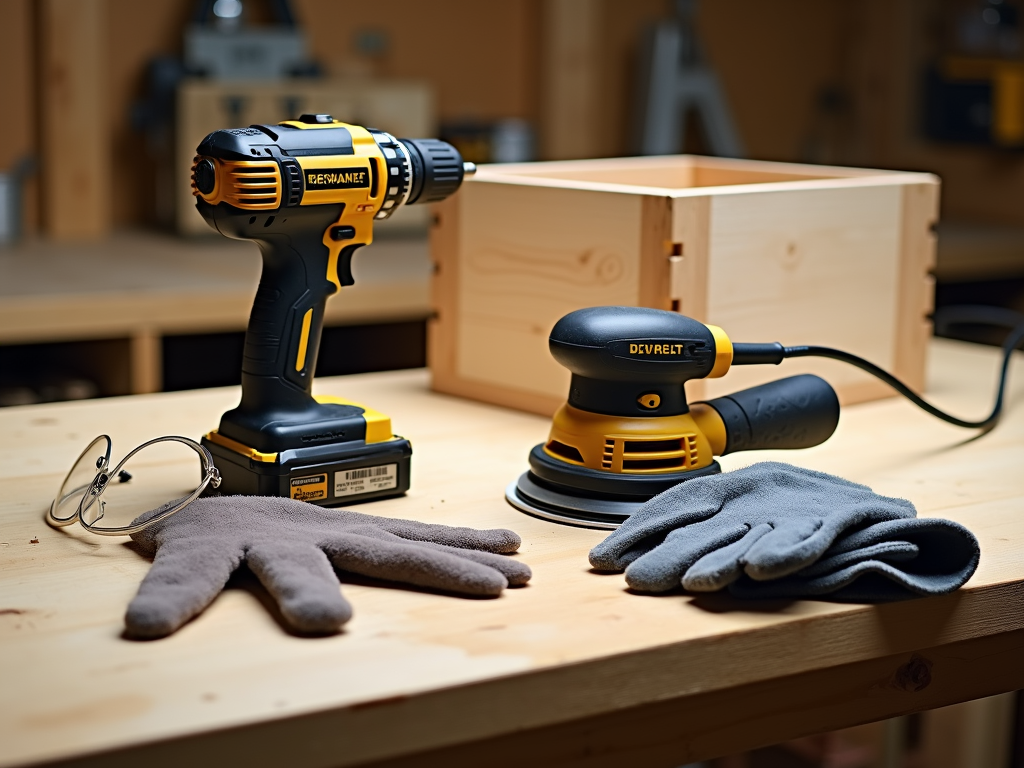
Extra Tips and Tricks
Here are a few more things I’ve picked up:
- Test on Scrap: Before drilling into your project, try it on a spare piece. It’s how I avoid ugly mistakes.
- Invest in Bits: Good drill bits make a cheap drill feel pro. I keep a set handy.
- Listen to the Tool: If it’s straining, stop. I burned out a motor once by pushing too hard.
Little habits like these turn a good tool into a great one.
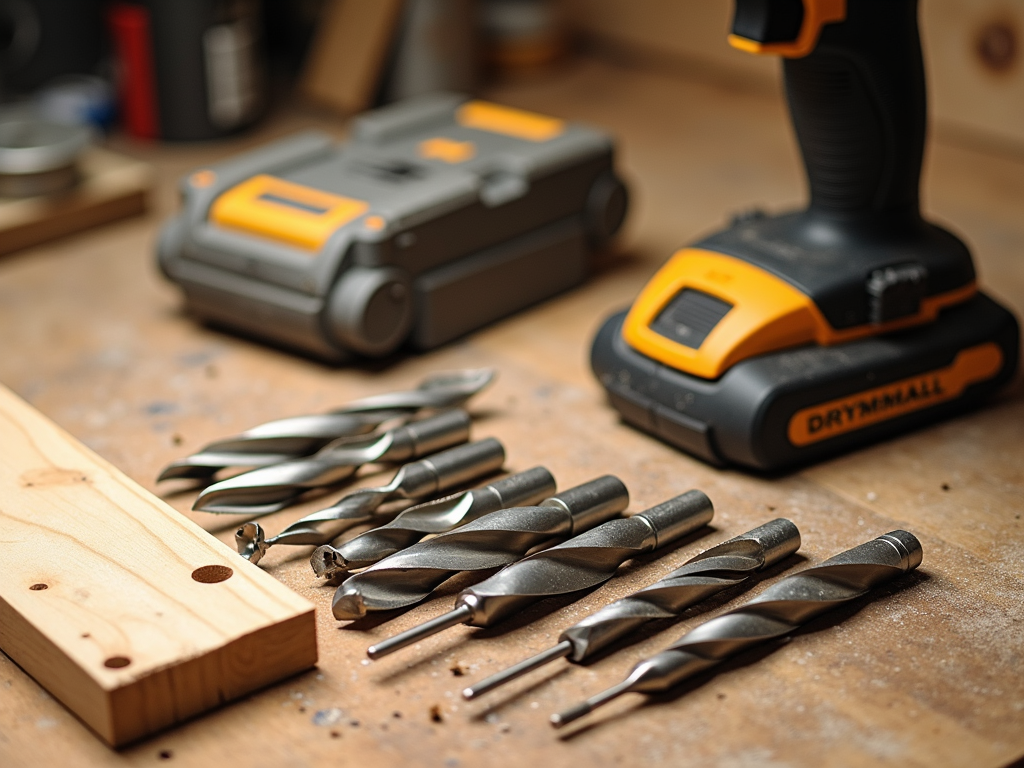
Summary
Advanced power tool features—like brushless motors, variable speeds, and solid battery life—can take your projects to the next level. Knowing how to choose the right power tool for your project means matching it to your needs, materials, and budget. Whether you’re picking the right drill for your needs or blasting dirt with power washers, this guide has you covered. Start small, stay safe, and you’ll be a pro in no time.
Related Advanced Power Tool Features Explained:
- How to Use a Hammer Safely: A Comprehensive Guide for Every Workman
- Stay Safe: Top DIY Safety Tips
- How to Build a Sturdy Workbench
- The Importance of Tool Maintenance in Woodworking
- Guide to Choosing the Right PPE for Your Workshop
- Hammer Basics: Design and Safety Tips
- Top 10 Must-Have Tools for Every Mechanic
- Essential Workman Tools for Everyday Use: A Comprehensive Guide
- Woodworking Basics: Getting Started with Quality Tools
- Essential Safety Practices for Workshops: A Comprehensive Guide
- The Role of Technology in Modern Workshops
- Mastering the Craft: Essential Workman Tools for Professional Builders
